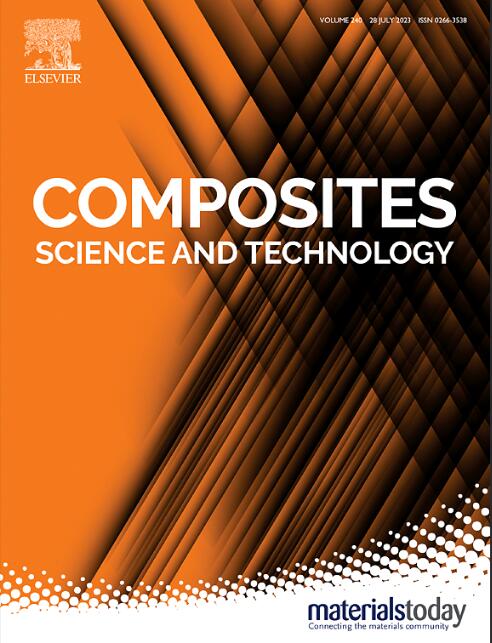Bayesian-optimized 1D-CNN for delamination classification in CFRP laminates using raw ultrasonic guided waves
IF 8.3
1区 材料科学
Q1 MATERIALS SCIENCE, COMPOSITES
引用次数: 0
Abstract
This study proposes a Bayesian-optimized shallow 1D-Convolutional Neural Network (1D-CNN) for classifying delamination in Carbon Fiber Reinforced Polymer (CFRP) laminates using raw Laser Ultrasonic Guided Wave (LUGW) data. The dataset comprises over 2 million waveforms from ten cross-ply CFRP laminates, including one undamaged and nine with delamination of varying sizes and depths, measured from three directions, totaling 30 distinct classes. A systematic approach combining Monte Carlo Random Sampling, Random Forest Emulator-based sensitivity analysis, and Tree-Structured Parzen Estimator (TPE)-Bayesian Optimization with Hyperband Pruning was employed to fine-tune critical hyperparameters and design a lightweight, efficient architecture. The optimized 1D-CNN exhibited near-perfect performance, as evidenced by Stratified K-Fold Cross-Validation (SKCV) and the proposed Inverse SKCV, with 99.99 % accuracy, precision, recall, F1-Score, and AUC-ROC in multi-class classification. The model's effectiveness in generalizing without the need for signal preprocessing is a result of regularization techniques such as Dropout, Elastic Net, Early Stopping, and a Reduce-On-Plateau learning rate. Furthermore, its lightweight architecture makes it suitable for deployment on consumer-level hardware, with strong potential for future real-time monitoring applications.

求助全文
约1分钟内获得全文
求助全文
来源期刊

Composites Science and Technology
工程技术-材料科学:复合
CiteScore
16.20
自引率
9.90%
发文量
611
审稿时长
33 days
期刊介绍:
Composites Science and Technology publishes refereed original articles on the fundamental and applied science of engineering composites. The focus of this journal is on polymeric matrix composites with reinforcements/fillers ranging from nano- to macro-scale. CSTE encourages manuscripts reporting unique, innovative contributions to the physics, chemistry, materials science and applied mechanics aspects of advanced composites.
Besides traditional fiber reinforced composites, novel composites with significant potential for engineering applications are encouraged.
 求助内容:
求助内容: 应助结果提醒方式:
应助结果提醒方式:


